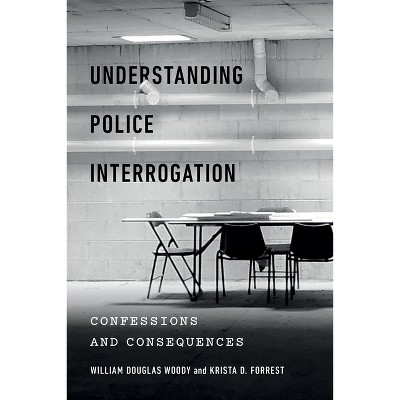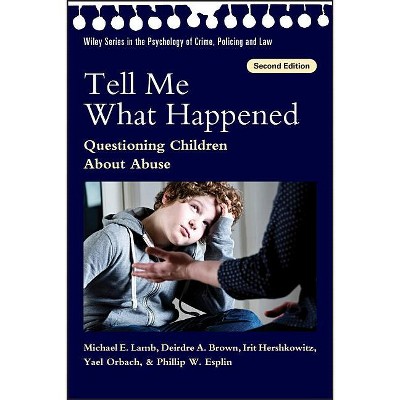Sponsored

The Smart Society's Guide on How to Fight Crime, Reduce Recidivism, and Close Jails & Prisons - (Reduction of Crime & Recidivism in America)
In Stock
Sponsored
About this item
Highlights
- An old social phenomenon known today as "cancel culture" is largely responsible for America's incessantly high crime, incarceration, and recidivism rates.
- Author(s): Richard Bovan & Demico Boothe
- 146 Pages
- Freedom + Security / Law Enforcement, General
- Series Name: Reduction of Crime & Recidivism in America
Description
About the Book
Written by two ex-prisoners who are also bestselling authors, this much-needed handbook specifies ten things that government and society can do together to greatly decrease our high crime, incarceration, and recidivism rates.
Book Synopsis
An old social phenomenon known today as "cancel culture" is largely responsible for America's incessantly high crime, incarceration, and recidivism rates. It began with the unreasonable discrimination and disenfranchisement of virtually all ex-prisoners being enshrined into national law by the Thirteenth, Fourteenth, and Fifteenth Amendments of the U.S. Constitution. The nefarious wording within these post-Civil War amendments paved the way for the federal government, state governments, and mainstream society to basically declare that any person convicted of a "felony" is effectively no longer an American citizen. As a result, millions of nonviolent and first-time offender ex-prisoners have been forced to live lives of desperation and despair, being part of one of the most openly discriminated-against groups in America since Reconstruction.
Studies show that 100% of American adults repeatedly break the law in one way or another during their lifetimes. However, getting caught breaking the law is what engenders punishment and consequences, not simply committing an act of illegality. That being said, studies have also shown that there is generally no inherent physical or psychological difference between people who have been caught committing crimes and those who haven't. Therefore, there is no justifiable reason to render lifetime penalties of social disenfranchisement to citizens who have been caught committing first-time or nonviolent offenses after they have served their time in jail or prison. This post-incarceration mistreatment and extraneous punishment is the direct cause of America's high recidivism rate among ex-prisoners, not an inherent proclivity on the part of ex-prisoners for engaging in criminal activity. This means that with the right correctional recipe, America's criminal justice systems can greatly decrease their default reliance on punitive institutions and policies, incarceration, policing, and self-interested politicians and bureaucrats.
Written by two ex-prisoners who are also bestselling authors, this much-needed handbook specifies ten things that government and society can do together to greatly decrease our high crime, incarceration, and recidivism rates. It offers the necessary solutions that will subsequently enable the closure of many jails and prisons all across America.
Review Quotes
Editorial Review Statement
Written by two ex-prisoners who are now successful entrepreneurs as well as bestselling authors, this well-thought-out guide is certain to help America curb its high crime, incarceration and recidivism rates. Most books about the criminal justice system were written by idealistic degree-holding academics or law enforcement personnel who have never actually had any personal contact with the prison system. This one is different! Reading this book, you will learn many things you were not aware of as it relates to criminal justice, the history and origin of many current policies, and the real main causes of our incessantly high crime, incarceration and recidivism rates. You will also learn about solutions that will actually work, not the same old conservative or progressive talking points or ineffective suggestions that only sound good but aren't really practical. Very timely and a must-read for all American citizens who are concerned about crime.
Shipping details
Return details
Trending Non-Fiction











